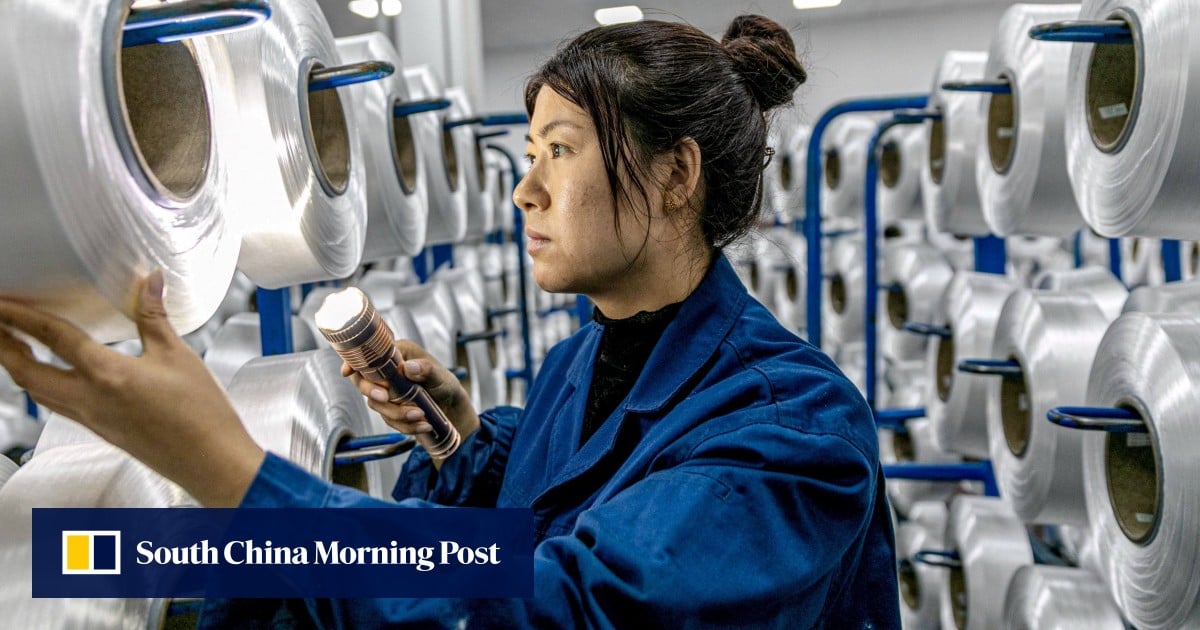
As the year-over-year figure skews due to the low comparative basis, analysts focused on growth in the first quarter compared to the fourth quarter to better understand the actual trend of the economy.
In inflation and seasonally adjusted terms, China’s gross domestic product (GDP) grew 0.6 percent in the first quarter of this year on a quarterly basis, down from revised growth of 3.2 percent in the fourth quarter. A 1.4 percent increase expected according to the median forecast of economists in the Bloomberg survey. The NBS has revised its fourth-quarter growth rate from the 2.6 percent originally reported.
All things considered, momentum appears to have been more or less stable in March. But this was not enough to prevent a weaker quarter one after a slowdown around the turn of the year
“Chinese GDP growth rose to a record high last quarter on an annual basis. But this was entirely due to a weaker basis for comparison to last year’s historic downturn. Quarter-on-quarter terms, growth fell sharply and, except for the first quarter of last year, was slower than at any time in the past decade, ”said Julian Evans-Pritchard, senior China economist at Capital Economics.
“All in all, momentum appears to have been almost stable in March. But this wasn’t enough to prevent a weaker quarter one after a slowdown around the turn of the year. As a result, with the economy already above its pre-virus trend and policy support being withdrawn, China’s post-Covid rebound is leveling off.
“We expect quarter-on-quarter growth to remain modest for the rest of this year as the recent construction and export boom slow down and activity pulls back in the direction of trend.”
Retail, a key measure of consumer spending in the world’s most populous country, grew 34.2 percent, slightly more than the 33.8 percent increase in January and February, and above the forecast for a 28 percent increase estimated in the Bloomberg survey.
Investments in fixed assets – a measure of spending on infrastructure, real estate, machinery and equipment – were up 25.6 percent in the January-March period compared to a year earlier, compared to a gain of 35.0 percent in the first two months of the year. This was lower than the median of the Bloomberg survey, which called for a 26 percent increase.
China has set a target of creating 11 million new urban jobs this year and a surveyed urban unemployment rate of 5.5 percent.